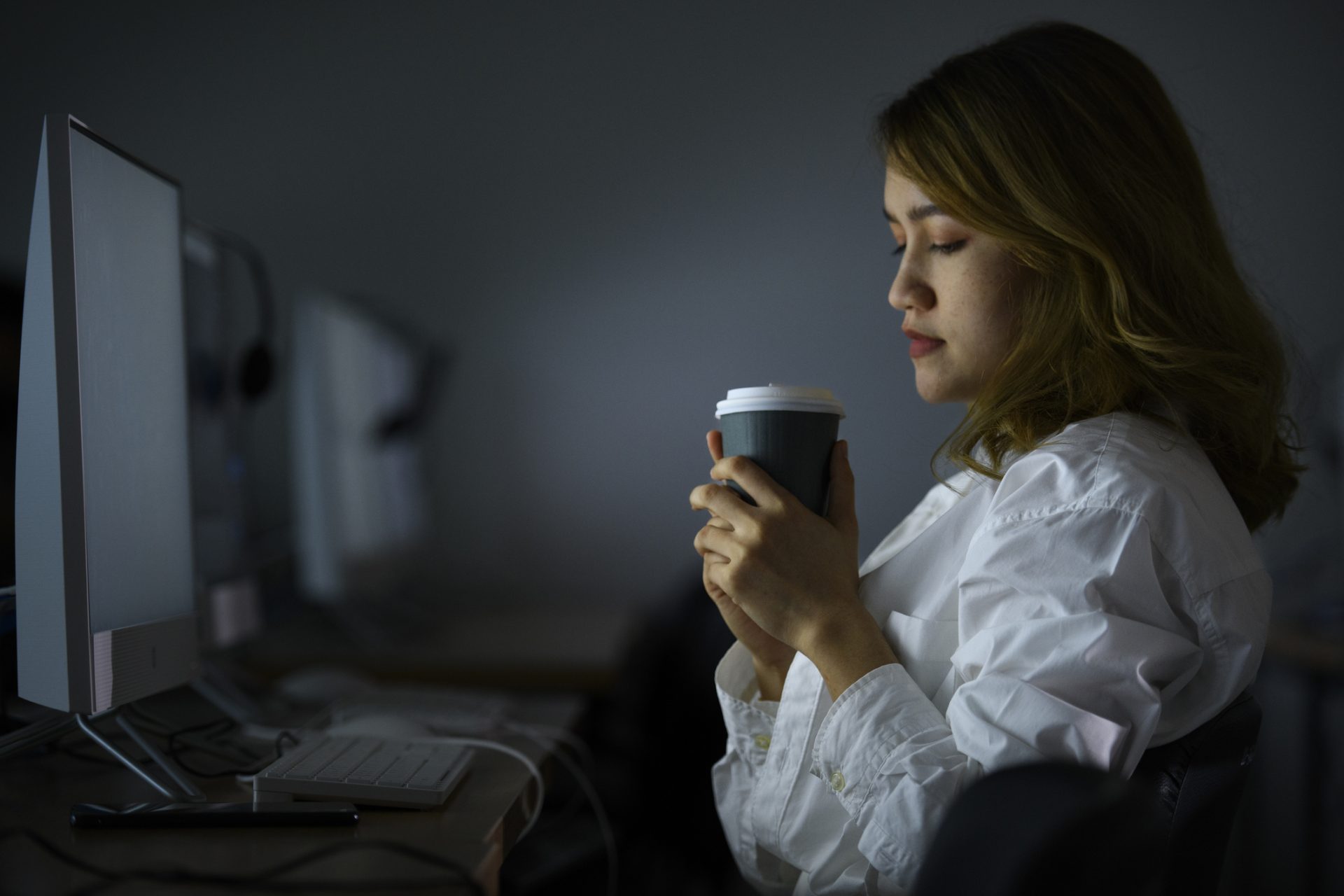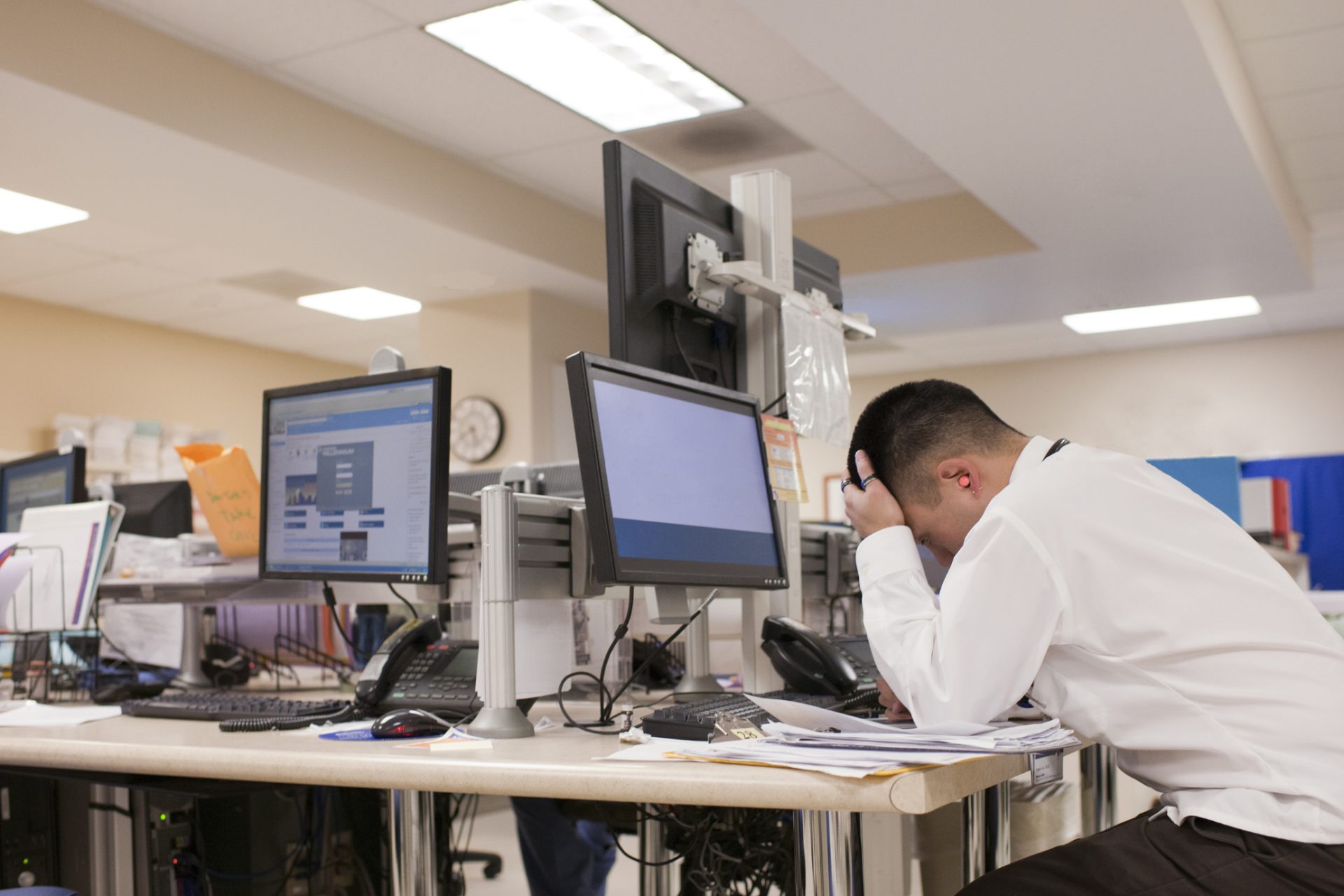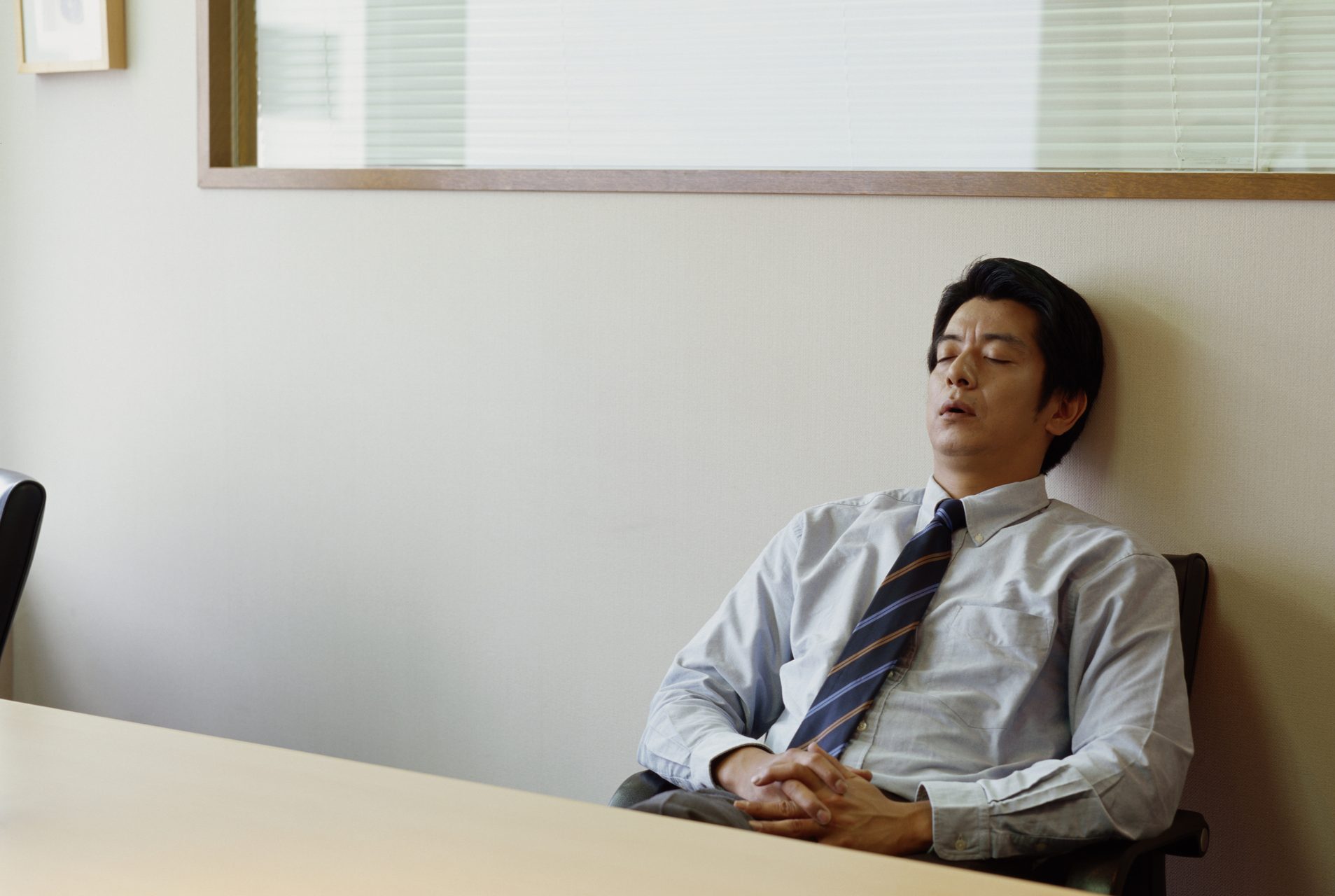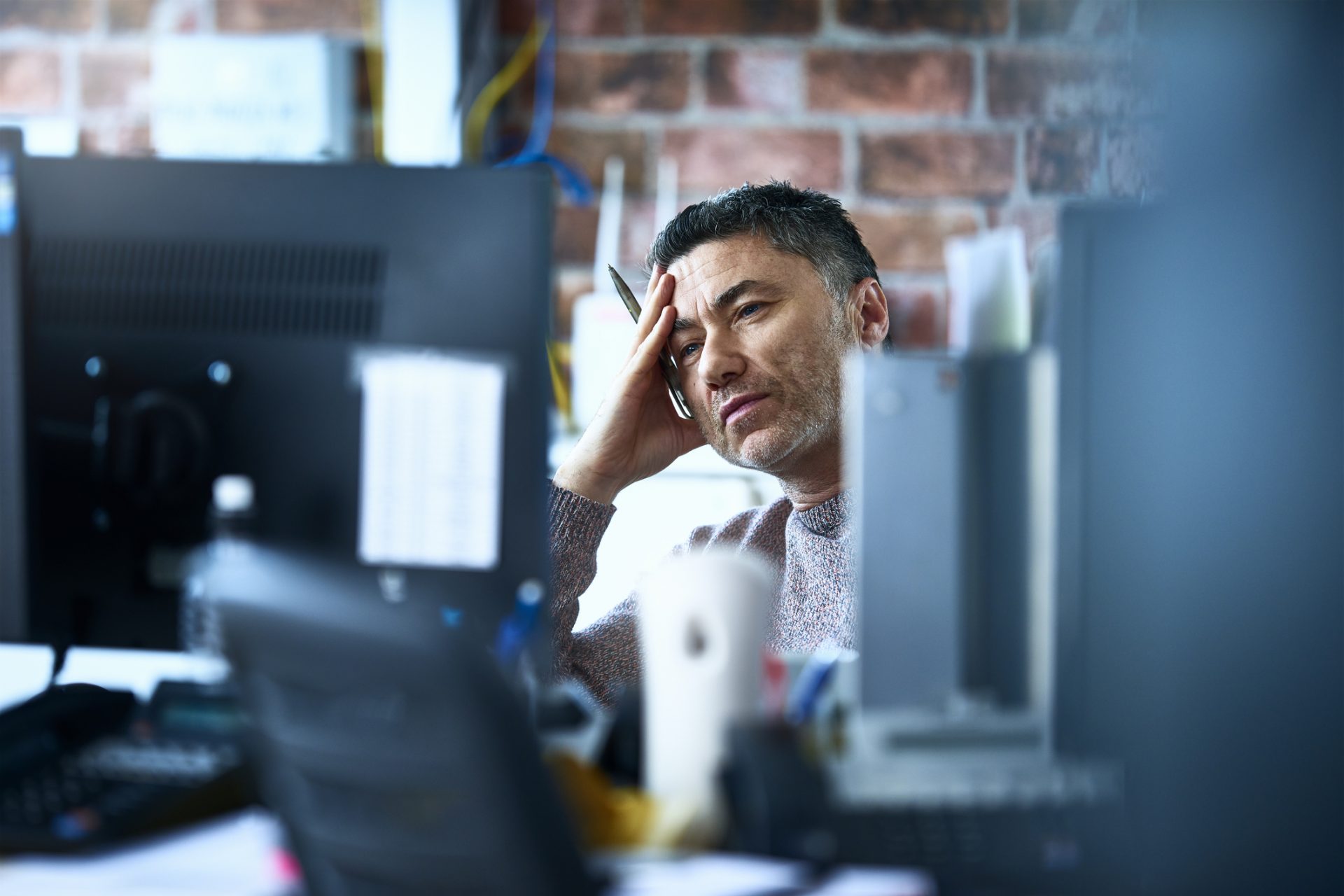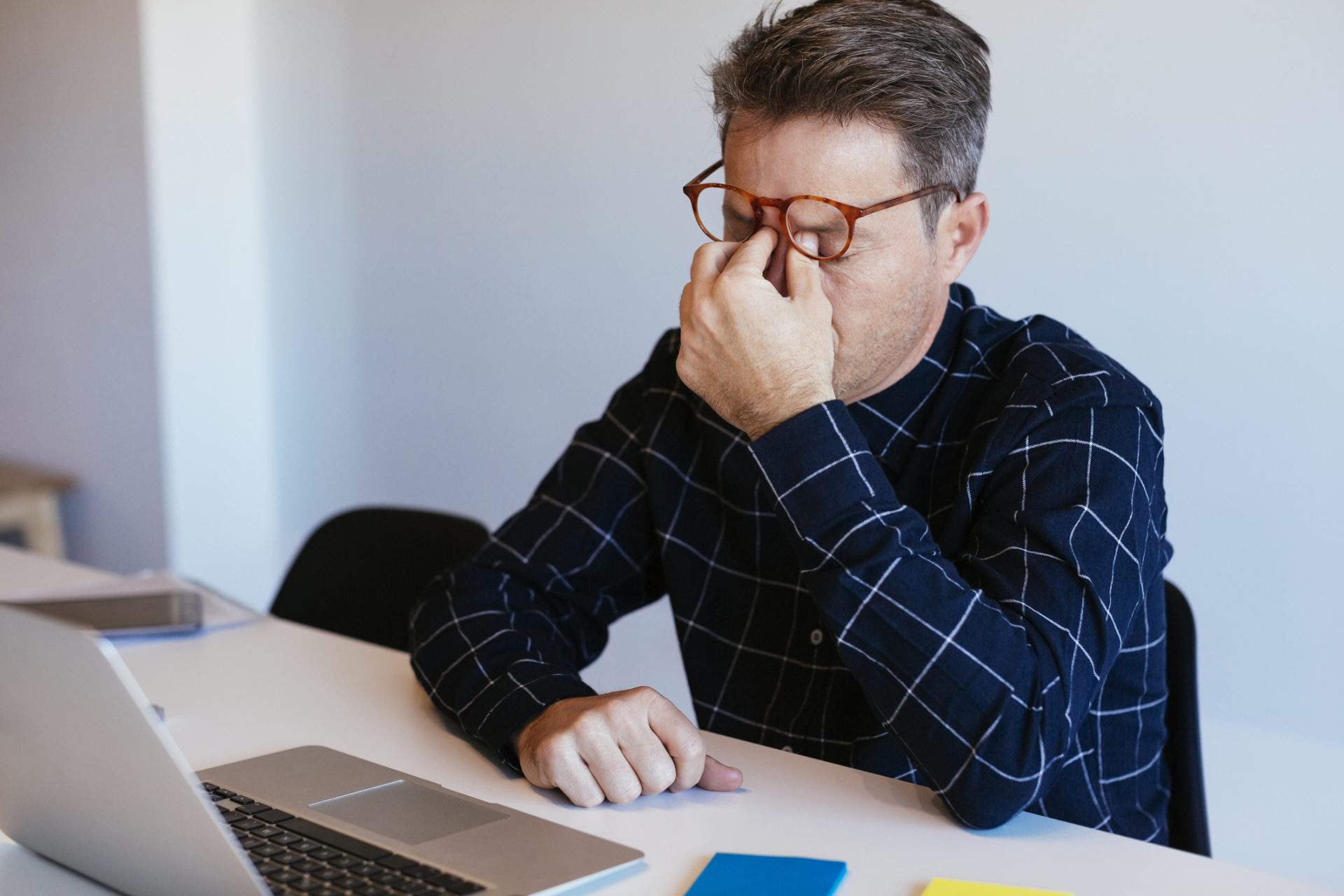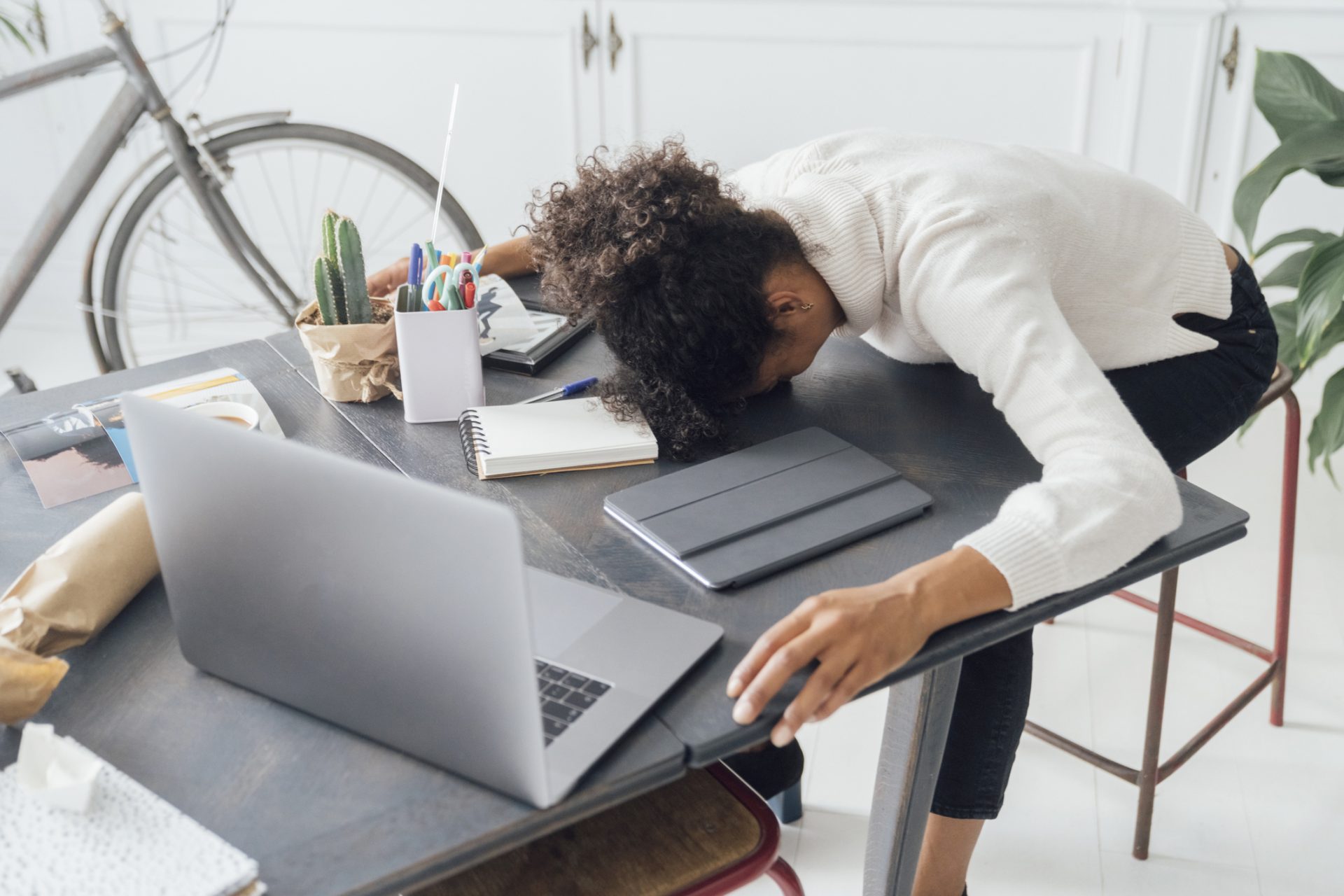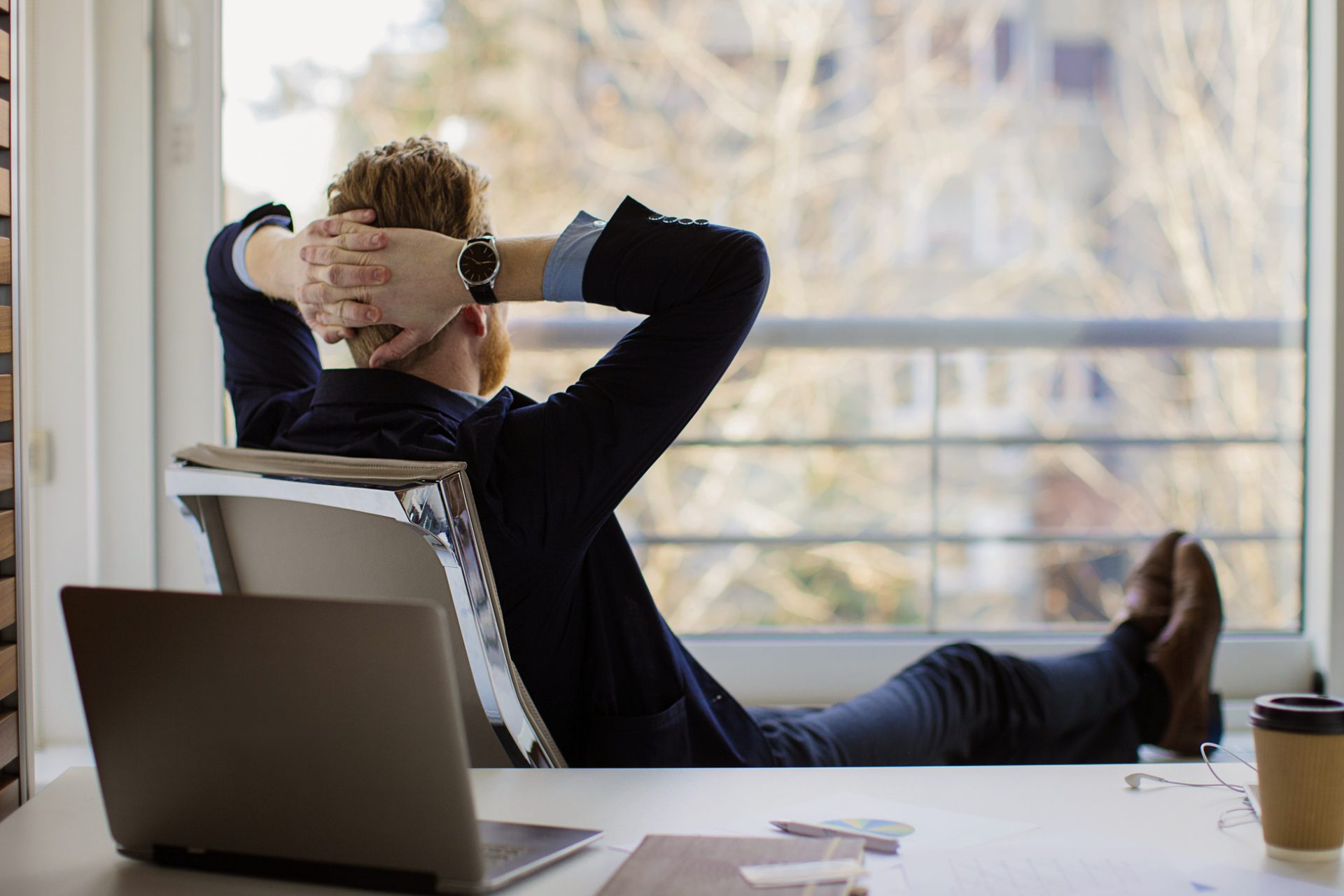The office afternoon slump is real science says and its worst on Fridays
If you get sleepy and less productive in the afternoon while working you shouldn't get worried. Science has proven that most modern-day workers get a bit sluggish in the latter half of their shift. But why is that?
There’s not a person in the working world who hasn’t had to endure late afternoon exhaustion. You know the feeling, it's the one that comes on just after lunch, making it hard to focus and be productive.
You might have not-so-fond memories of gazing out a window while waiting for that one meeting to finally end or maybe you're thinking about all those times you got nothing done on a Friday.
Everyone’s suffered from a period where they weren’t productive in the afternoon at some point in their career and in 2023 researchers proved this feeling wasn't in all of our collective heads.
A 2023 study from researchers at Texas A&M University showed that workers are less active and more prone to making mistakes during the afternoon, and it's especially bad on Fridays.
Friday afternoons represented the lowest point of worker productivity according to a press release on the research from Texas A&M. But how were these findings discovered?
Researchers used a new way of collecting data don't the topic and looked at the computer usage data from 789 people working from their employer's office between January 2017 to December 2018.
The data was taken from one of the largest energy companies in the state of Texas, and the information provided some very valuable and groundbreaking general insights into employee productivity.
The study was groundbreaking at the time because it didn’t employ the same type of methods used by previous studies that aimed to examine the same problem, which generally looked at self-reported statistics.
Instead of dealing with self-reporting, the researchers at Texas A&M used computer metrics that detailed a variety of tasks being performed to draw data-driven conclusions about workplace productivity.
“Most studies of worker productivity use employee self-reports, supervisory evaluations, or wearable technology, but these can be subjective and invasive,” explained Texas A&M professor Mark Benden.
Benden was one of the co-authors of the study and is also a professor in the Department of Environment and Occupational Health at Texas A&M and explained in a statement how he and his co-authors used “typing speed, typing errors, and mouse activity — to get objective, noninvasive data on computer work patterns.”
Benden and his fellow researchers compared data across different days and times in order to draw their conclusions, and after everything was analyzed they discovered that there was credence to the idea that afternoons are periods of dwindling productivity and rising mistakes.
“We found that computer use increased during the week, then dropped significantly on Fridays,” explained study co-author and professor in the Department of Epidemiology and Biostatistics Dr. Taehyun Roh.
“People typed more words and had more mouse movement, mouse clicks, and scrolls every day from Monday through Thursday, then less of this activity on Friday.” Dr. Roh continued.
Dr. Roh reiterated that afternoons saw the most errors and biggest productivity losses, adding that Friday afternoons were particularly bad among the data the team collected. This was something that fell in line with other research on the topic.
The results of the study were published in the journal PLOS ONE and the findings are important because they can help give employers the proof they need to embrace more appropriate work arrangements that would benefit both workers and employers according to the study's authors.
“Other studies have found that those who work from home or work fewer days have less stress from commuting, workplace politics, and other factors, and thus have more job satisfaction,” Benden explained in a statement quoted in Texas A&M’s press release.
“These arrangements give workers more time with their families and thus reduce work-family conflicts, and also give them more time for exercise and leisure activities, which have been shown to improve both physical and mental health,” Benden added.
More for you
Top Stories






